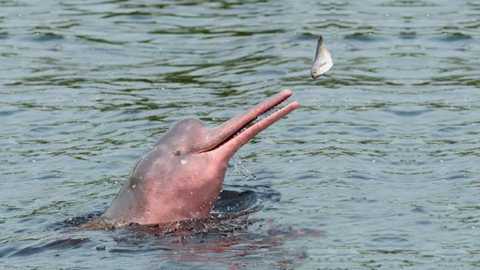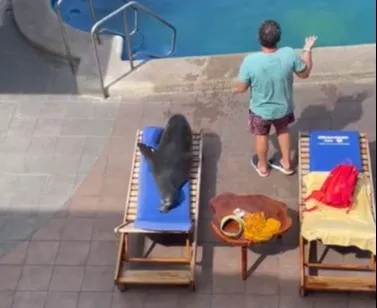On the Amazon rivers in South America there is a mysterious creature called boto, people still call them pink dolphins.
In the Amazon River, South America, boto dolphins often lurk and are the subject of much speculation.
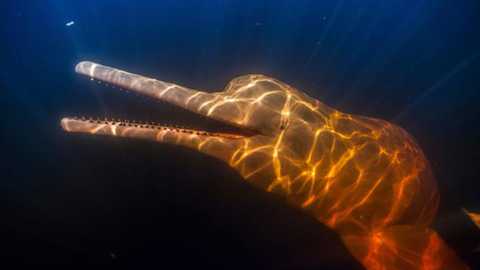
Boto dolphins are real and are the subject of many interesting myths. Available in pink and gray colors. They are very quiet. In some places, boto dolphins are very friendly with humans.
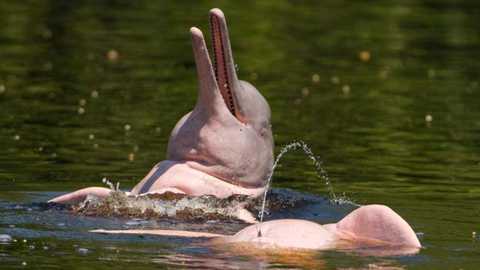
Legend has it that boto dolphins transform into humans at night to “hide adultery and sexual behavior,” according to Gabriel Melo Alves dos Santos, a doctoral student at Para University, Brazil.
The scientific view of this dolphin is a bit more mundane. However, the truth is that boto, one of the few freshwater dolphin species left on Earth, still holds many mysteries.
Scientists don’t know how many botos there are in the wild and how many have died. They are also not sure why they are pink.
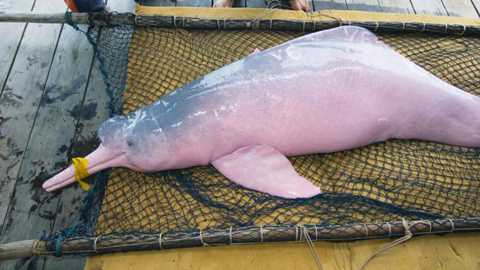
Not all boto dolphins are pink. “Their colors are very diverse,” said Vanessa Mintzer, a postdoctoral researcher at the University of Florida, Gainesville. “Normally, the little ones are gray. As they grow, they gradually turn pink. Adult males are the pinkest.”
Mammal coloration expert Tim Caro, of the University of California at Davis, has a different explanation. “Pink is a way to hide under the red mud particles that appear in the river after heavy rains,” he said.
A recent theory is that the cause is because boto dolphins fight a lot and it’s because they have pink scar tissue. There is certainly a lot of “conflict” between dolphin species, especially between males, which are known to weigh 55% more than females.
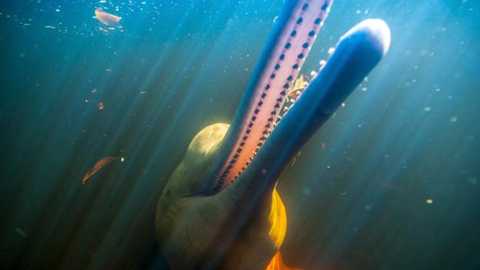
In contrast to the reclusive and discreet living habits of boto dolphins, some animals appear openly in front of humans. At a market in the town of Mocajuba, Para state, Brazil, boto dolphins play with children after they help their families sell goods. The water here is very clear and photographer Alves dos Santos observed their behavior in great detail.
One of the interesting things is that they are very friendly and not aggressive. “If they wanted, they could absolutely bite those children because they are very big and have strong jaws,” he said. “However, pink dolphins don’t do that, they play with children almost every day, all morning.” Locals said this has been happening for the past 30 years.
